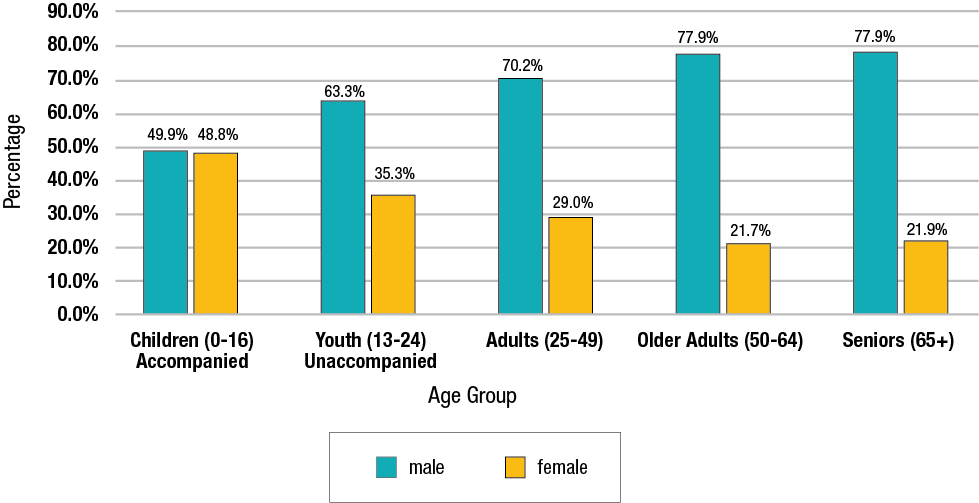1 The Cohort Effect
Anne Baird
One important context that is sometimes mistaken for age is the cohort effect. A cohort is a group of people who are born at roughly the same period in a particular society. Cohorts share histories and contexts for living. Members of a cohort have experienced the same historic events and cultural climates which have an impact on the values, priorities, and goals that may guide their lives.

Consider a young boy’s concerns as he grows up in the United States during World War II. What his family buys is limited by their small budget and by a governmental program set up to ration food and other materials that are in short supply because of the war. He is eager rather than resentful about being thrifty and sees his actions as meaningful contributions to the good of others. As he grows up and has a family of his own, he is motivated by images of success tied to his past experience: a successful man is one who can provide for his family financially, who has a wife who stays at home and cares for the children, and children who are respectful but enjoy the luxury of days filled with school and play without having to consider the burdens of society’s struggles. He marries soon after completing high school, has four children, works hard to support his family and is able to do so during the prosperous postwar economics of the 1950s in America. But economic conditions change in the mid-1960s and through the 1970s. His wife begins to work to help the family financially and to overcome her boredom with being a stay-at-home mother. The children are teenagers in a very different social climate: one of social unrest, liberation, and challenging the status quo. They are not sheltered from the concerns of society; they see television broadcasts in their own living room of the war in Vietnam, and they fear the draft. They are part of a middle-class youth culture that is very visible and vocal. His employment as an engineer eventually becomes difficult as a result of downsizing in the defense industry. His marriage of 25 years ends in divorce. This is not a unique personal history, rather it is a story shared by many members of his cohort. Historical contexts shape our life choices and motivations as well as our eventual assessments of success or failure during the course of our existence.
Socioeconomic Status
Another context that influences our lives is our social standing, socioeconomic status, or social class. Socioeconomic status (SES) is a way to identify families and households based on their shared levels of education, income, and occupation. While there is certainly individual variation, members of a social class tend to share similar lifestyles, patterns of consumption, parenting styles, stressors, religious preferences, and other aspects of daily life. (Consider, for example, some terms that have been used in marketing to refer to different consumer groups: the “truck and trailer” or the “pool and poodle” group referring to working class and upper middle-class groups.) All of us born into a class system or are socially located and may move up or down depending on a combination of both socially and individually created limits and opportunities.

Consider how life is different for people who are homeless in Canada in different ages and of different genders. Who might be most negatively affected by this status? Who might be best equipped to recover and thrive? Why?
Media Attributions
any outcome associated with being a member of a group whose members all undergo similar experiences. Cohort effects may be difficult to separate from age effects and period effects in research.
the position of an individual or group on the socioeconomic scale, which is determined by a combination of social and economic factors such as income, amount and kind of education, type and prestige of occupation, place of residence, and—in some societies or parts of society—ethnic origin or religious background.

